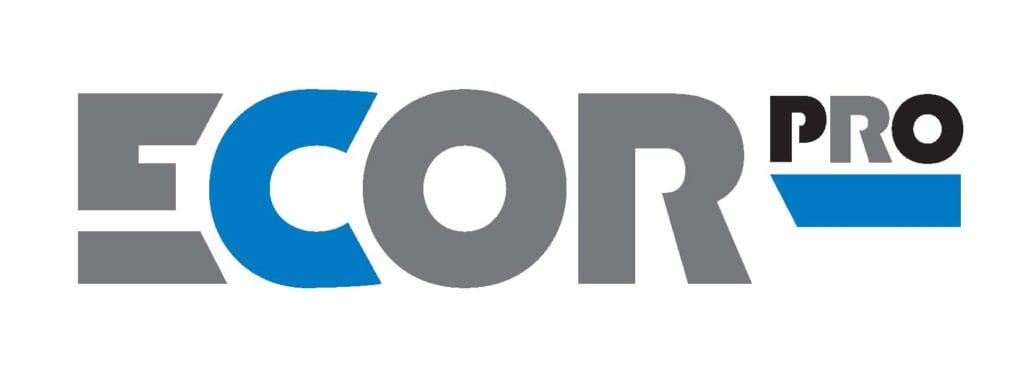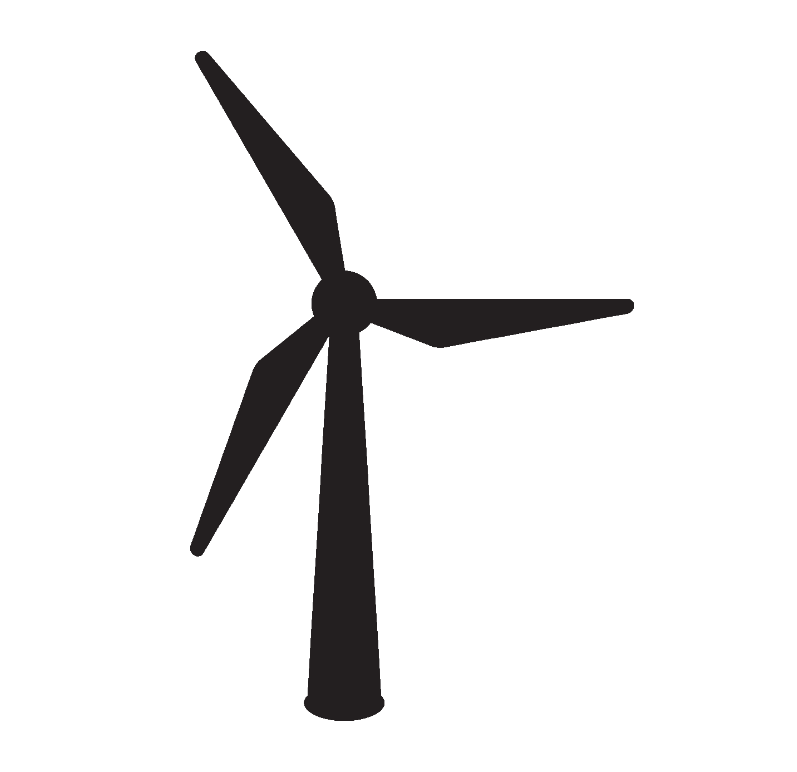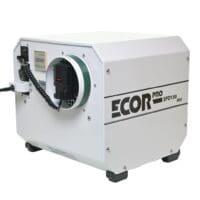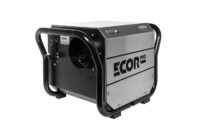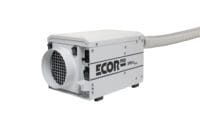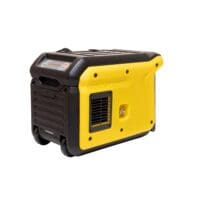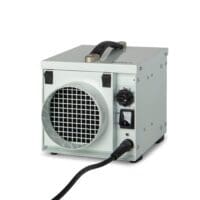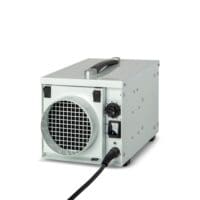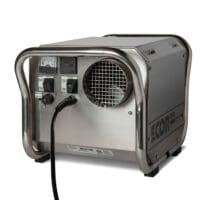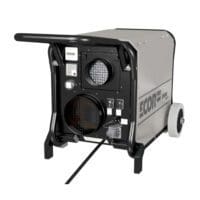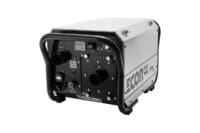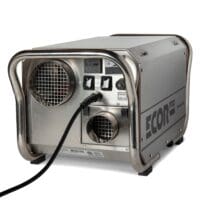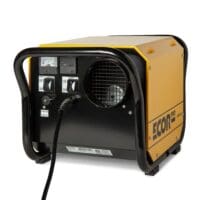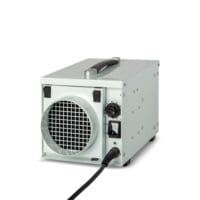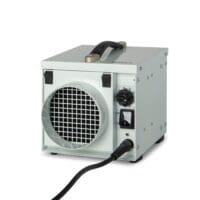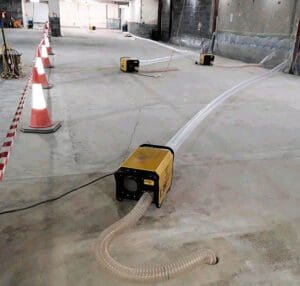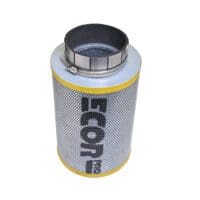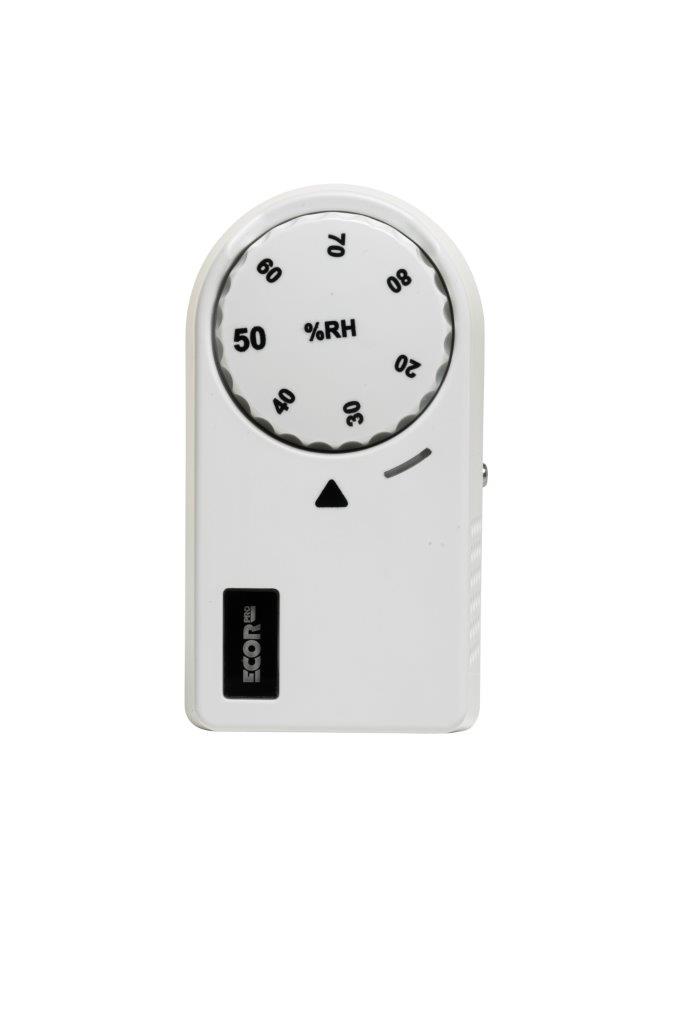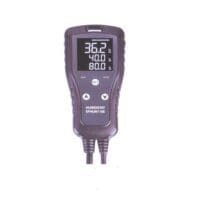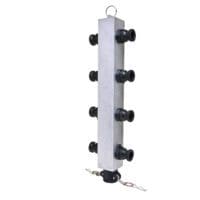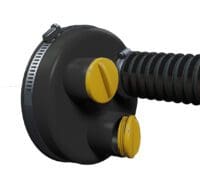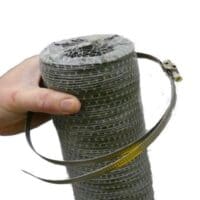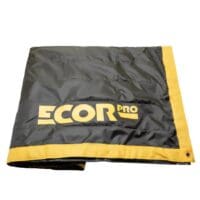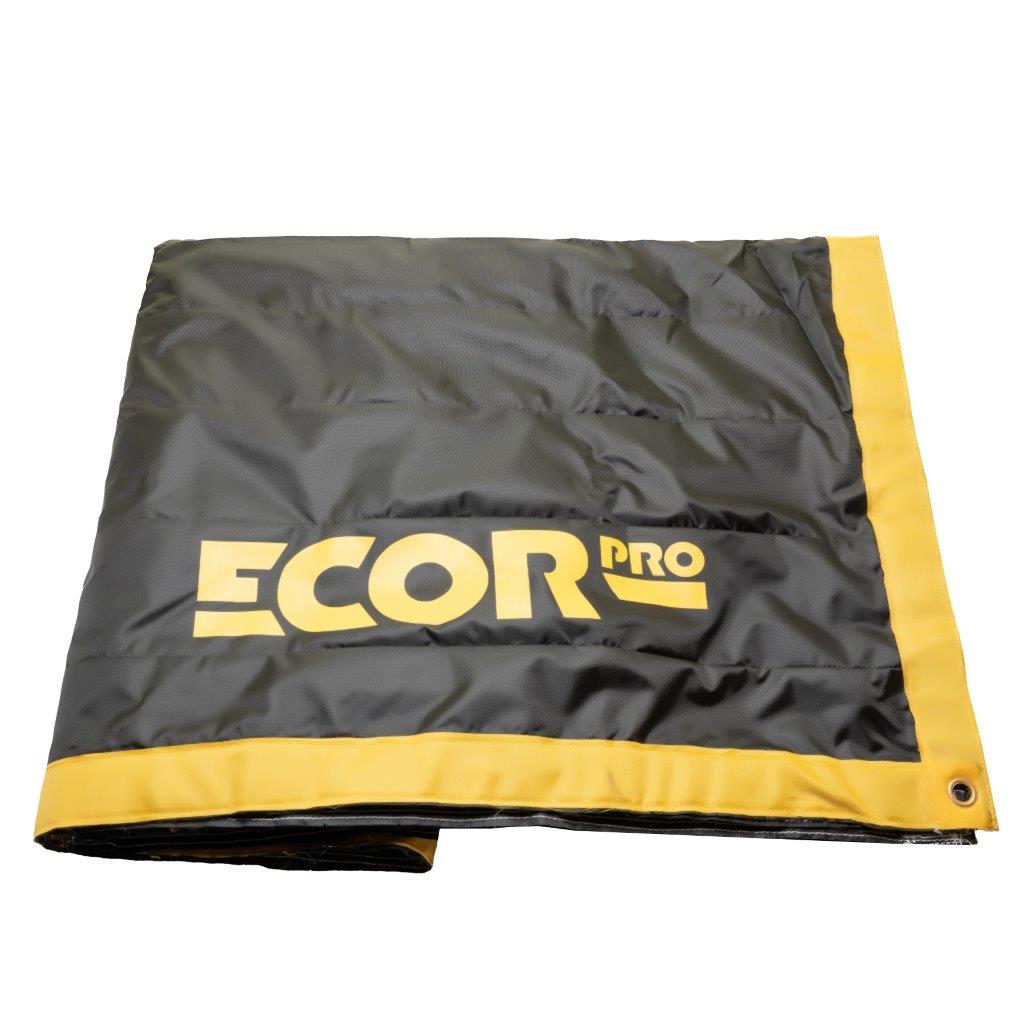Wenn es einen Raum in jedem Haus gibt, der dazu neigt, heiß und dampfig zu werden und unmöglich frei von Kondensation zu bleiben, dann ist es das Badezimmer.
Wenn Sie aus der Dusche kommen, werden Sie unweigerlich Feuchtigkeit an den Wänden und Fenstern sehen, und die einst weiße Decke wird schnell Schimmelflecken aufweisen, wenn Sie nichts dagegen unternehmen.
Die meisten modernen Badezimmer verfügen über eingebaute Dunstabzugshauben. Diese können zwar die warme, feuchte Luft, die bei den täglichen Waschgängen entsteht, abführen, sind aber bei weitem nicht so effektiv wie ein Luftentfeuchter.
Schimmel und Mehltau, die auf der Feuchtigkeit wachsen, die durch warme, feuchte Luft entsteht, die auf einer kalten Oberfläche kondensiert - und Badezimmer können kühl sein, wenn sie nicht benutzt werden -, können eine Bedrohung für die Gesundheit darstellen, wenn sie nicht bekämpft werden, daher ist es wichtig, dieses Problem anzugehen.
Wände, Decken und die Fugen zwischen den Fliesen sind besonders anfällig für Schimmel, da es sich um besonders kalte Oberflächen handelt.
Ein geöffnetes Fenster während des Duschens ist der beste Luftentfeuchter von allen, aber mitten im Winter ist das keine attraktive Option. Das Abwischen feuchter Oberflächen nach dem Baden oder Duschen hilft ebenfalls, aber die überschüssige Feuchtigkeit in der Luft setzt sich bald auf der nächstgelegenen kühleren Oberfläche ab.
Dunstabzugshauben sind so konzipiert, dass sie die Luft aus dem Inneren des Badezimmers nach außen befördern, aber es ist nicht immer möglich, eine solche Haube im Badezimmer zu installieren.
Selbst wenn ein Ventilator eingebaut werden kann, ist seine Effizienz durch eine Reihe von Faktoren begrenzt, u. a. durch seine Größe im Verhältnis zum Raumvolumen, und er wird nie in der Lage sein, die gesamte feuchte Luft zu beseitigen. Ein Ventilator kann die Feuchtigkeit einfach nicht aus der Luft entfernen.
Das andere Problem bei einem Ventilator ist, dass die warme Luft, sobald sie kondensiert und sich auf einer kühlen Oberfläche wieder in Wasser verwandelt hat, keine Chance hat, sie aus dem Raum zu entfernen, egal wie sehr er sich bemüht.
Die Antwort liegt darin, nicht die feuchte Luft zu bewegen, sondern die Feuchtigkeit aus der Luft zu entfernen - und dazu braucht man einen Luftentfeuchter.
Ein Luftentfeuchter entzieht dem Raum aktiv Feuchtigkeit und trocknet im Laufe der Zeit die Wände und die Decke und entzieht der Luft Feuchtigkeit. Das macht ihn in einem heißen und dampfenden Badezimmer viel effektiver, da sich der Wasserdampf schnell wieder in Wasser verwandelt, wenn er auf eine kühlere Oberfläche trifft.
Die kleinen Haushaltsentfeuchter von Ecor Pro sind nicht nur effektiv, sondern auch umweltfreundlicher als ein elektrischer Ventilator. Die eingesetzte Technologie und die innovative Kompensationspolitik des Unternehmens sorgen dafür, dass die Ecor Pro-Serie den kleinsten CO2-Fußabdruck aller Luftentfeuchter auf dem Markt hat.
Die Ecor Pro Luftentfeuchter sind von hoher Qualität und entsprechen den anspruchsvollen Standards der Flutsanierungsbranche. Sie können sicher den ganzen Tag über in Betrieb bleiben oder je nach Bedarf ein- und ausgeschaltet werden.
Die Verwendung eines Ecor Pro Trockenmittel-Luftentfeuchters, wie z. B. des DH1200/EPD50, bietet viele Vorteile gegenüber einem älteren Modell mit Kältemittel.
Entscheidend ist, dass ein Luftentfeuchter das Wasser aus der Luft aufnimmt und nach draußen ableitet, anstatt es im Gerät zu sammeln. Es besteht keine Gefahr, dass eine zweite Überschwemmung entsteht, wenn man vergisst, den Behälter zu entleeren, den Entfeuchter versehentlich umstößt oder ein Rohr undicht wird.
Sie sind auch kleiner, leichter und leiser als Kältemittel-Luftentfeuchter, einfacher zu warten, sicherer und flexibler; sie können sogar auf dem Kopf stehend installiert werden und können sicher 24 Stunden am Tag, sieben Tage die Woche unbeaufsichtigt laufen gelassen werden.
Ein Luftentfeuchter ist wahrscheinlich teurer als ein Dunstabzug, aber für ein richtig trockenes, gesundes, schimmelfreies Bad mit geringerer Anfälligkeit für feuchtigkeitsbedingte Bauschäden macht er die Mehrkosten mehr als wett, denn er gibt Ihnen Sicherheit.
